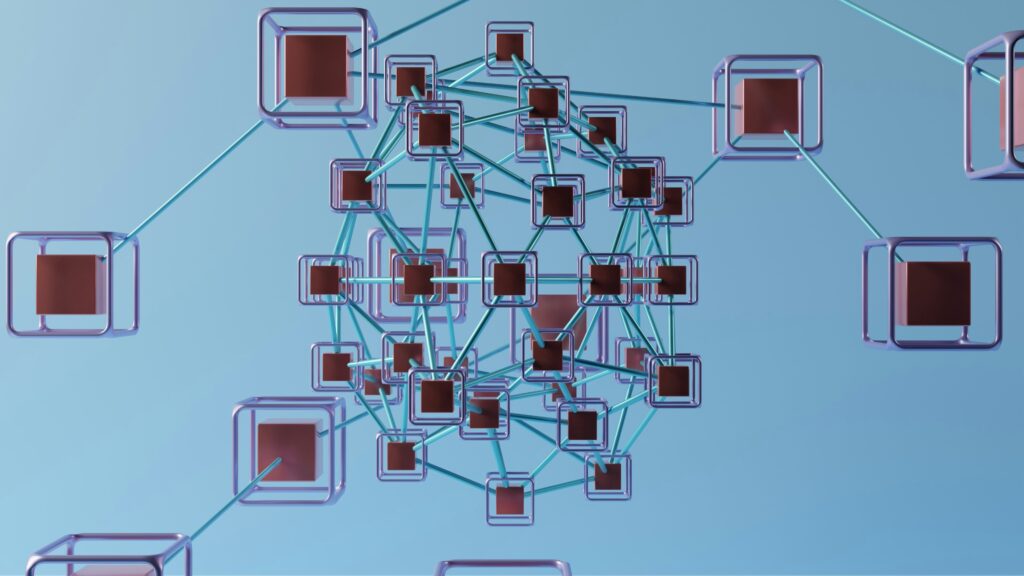New research into the communications challenges that emergency room employees face every day in our nation’s hospitals and medical facilities reveals patient care suffers when manual processes are used.
A new report “Care Communication Gaps in U.S. Hospital Emergency Departments” from Everbridge, Inc. polled 158 emergency department employees about the communication challenges that arise when coordinating patient care from one doctor/nurse/practitioner to another – and what technologies are most effective at accurately sharing patient care instructions.
A majority of emergency room employees reported that more than 10 percent of patient care hand offs contain communication errors – errors that could endanger patient care outcomes; 22 percent reported that more than one in five hand offs involve errors. Hand offs occur more often in emergency rooms because the care teams needed to treat patients are larger than for the rest of the hospital. For example, in order to manage a stroke patient, an average care team might involve 12-15 doctors, nurses and staff members spread out inside and potentially outside the hospital. With 59 percent of emergency departments reporting more hand offs to other care team members than for treatments originating elsewhere in the hospital, it is easy to see how these errors could happen.
Hospital and emergency room workers have much more important things to think about than what the best communication method would be to contact a specific doctor, nurse or practitioner. There should never be any worries about whether patient care instructions were correctly received and understood. With the growing acceptance of mobile technologies in emergency departments, there is an excellent opportunity to make co-worker communications more efficient and effective – reducing the potential for errors that could affect patient care.
The report showed face-to-face communication to be the most used and most effective type of communication, which is not surprising given that it is the one method of communication where both parties can be sure the information was delivered and received correctly. However, with distributed teams and physicians often not onsite, the ability to have a face-to-face conversation is frequently not possible, forcing staff to find other ways to hand off patient care information and responsibilities. A whopping 94 percent of respondents still use landline phones to share information – but those were only considered effective if the caller avoided voicemail and spoke with a colleague live; 30 percent rated voicemail as the least effective form of communication.
However, there is a light at the end of the tunnel with the use of mobile technologies, as 76 percent of physicians and 45 percent of clinical staff reported being able to use personal devices. Respondents considered secure text messaging and mobile phones as the next two most effective forms of communication behind face-to-face discussions.
Additional findings from the report include:
Emergency Room Teams are Large – and Patient Care is Handed Off More Often
- A majority of respondents (61 percent) reported their emergency departments have more staff than other parts of the hospital or facility.
- More than half (59 percent) shared that there are more patient care hand offs in the emergency department than in other areas of the hospital. A patient care hand off is when an attending doctor/nurse/practitioner has to update another doctor/nurse/practitioner in the facility about a current patient’s care or recommended care. This can happen for many reasons, including the patient being referred to a specialist, or coming out of critical care, or because a shift is ending.
Communication Errors Happen During Hand Offs, Endangering Patient Care
- A majority of emergency room employees felt that more than 10 percent of patient care hand offs contain errors.
- In fact, 22 percent felt that some 21-45 percent of patient care hand offs included errors that could be traced back to communication failures.
- With so many different communication methods needing to be juggled by emergency department employees, it is easy to see where inefficiencies could affect patient care.
Patient Care Communication During Care Team Hand Offs Have Multiple Challenges
- Waiting for physicians to respond to hand off requests was the most cited challenge (23 percent – 32 percent report waiting for a physician or specialist). This was followed by difficulties deciphering handwritten information (28 percent), incomplete information (21 percent), or delays receiving information like test results (19 percent).
- Currently, the most used methods of communication by emergency department staff are face-to-face discussions (94 percent), landline telephones (94 percent) and electronic medical records (EMR)/electronic health records (EHR) (87 percent).
- There is no “best” way to contact colleagues that is considered efficient and effective. A whopping 89 percent of emergency room staff are forced to use 5 or more different channels to communicate with co-workers about patients.
Some Channels are More Effective than Others
- Emergency department staff felt that the most effective forms of communicating with co-workers about patient care were real-time communications, including face-to-face discussions (82 percent), secure text messaging (80 percent) and mobile phone conversations (79 percent).
- The least effective forms of communication were delayed methods, including voicemail (30 percent rated it poor), pagers (29 percent) and faxes (24 percent).
- While landline telephones remained a popular form of communicating with co-workers, they were only considered effective if you avoided voicemail and spoke with a colleague live.
Personal Mobile Technology Use is Growing Among Emergency Departments
- 75 percent of emergency department care teams are using mobile phones, while 49 percent use secure messaging that enables mobile real-time communications for care coordination.
- An increasing amount of emergency department staff are being allowed to use personal mobile devices to communicate with co-workers in the workplace. 76 percent of physicians and 45 percent of clinical staff can use them in the emergency department.
Given the outdated and inefficient communication technologies that many emergency department staff still deal with daily, the promise of using personal devices to communicate and improve patient care hand offs is great. In fact, 76 percent felt personal mobile devices would have a positive impact on patient care.
For more information on the “Care Communication Gaps in U.S. Hospital Emergency Departments” survey, or to see the full report, please click here.
- Bad Communications Technology Is Causing Errors in Emergency Rooms - February 27, 2017




Comments are closed.